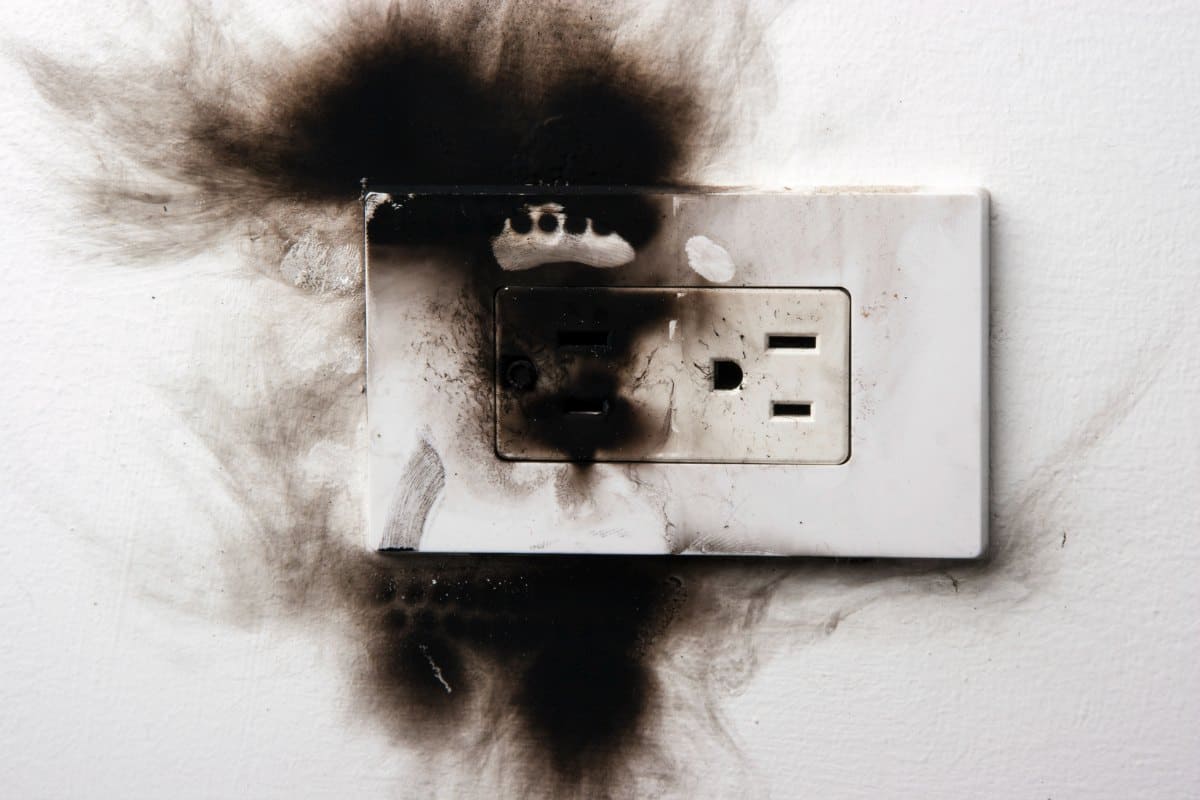
Most of us recognize the dangers of leaving cookware unattended on the stove. You may even refrain from overburdening wall outlets with a frenzy of demanding electronics. And yet, residential fires consistently reign as the costliest source of homeowners insurance claims. In 2015 alone they resulted in more than $14 billion in property damage, according to the National Fire Prevention Association (NFPA). What’s more–most of the hazards involved are easily preventable.
While you may be privy to the perils of neglected candles, or scrupulous about smoke alarm maintenance, it’s also critical for homeowners to be aware of the furtive hazards hiding around the house. In observance of National Fire Prevention Month, here are some risks you may not be aware of (and how you can avoid them).
1. Dust Buildup
Dastardly dust bunnies aren’t only a surface nuisance or a breach to your sinuses. The dust that gathers near sockets, floor heaters and electronics could also pose a fire hazard. All it takes is a single spark to ignite a clump of dust, at which point a fire could potentially spread to nearby furniture. So as you conduct your regular sweeping and vacuuming rounds, be sure to check those hard-to-reach places, including behind bookshelves, desks and dressers, and around electronics, underneath beds and any nooks where dust is likely to gather.
2. Electrical Wiring
Electrical wiring is an obvious fire hazard, but one most people don’t even think about, since it hides behind the walls unseen. But although out of sight, wiring shouldn’t be kept out of mind—the NFPA reports that electrical fires cause over $1 billion of property damage every year.
Electrical fires often stem from old or faulty wiring, so if your home has seen over a century of events, a professional inspection of your system might be in order. Also, make sure your abode is outfitted with 12 American Wire Gauge (AWG) solid wiring to accommodate the demand of modern appliances.
If you do live in an older home, switching out an outlet or switch could create an added burden on an already taxed system. Please consult a professional before starting any electrical project.
Additionally, there are tasks that can accidentally puncture wire, like driving nails through the wall. So consider upgrading your circuit breaker to an arc fault circuit interrupter—a device that disrupts the circuit when it detects loose connections or abnormal sparks, thereby preventing a fire.
3. Glassware
It may sound like urban lore, but glassware can (and does) cause fires. In the same way a magnifying glass can focus the sun’s rays to the point of smoldering, normal glass fixtures can also ignite under the right conditions, and abundant sunlight isn’t necessarily required.
Across the pond, the London Fire Brigade reported 125 fires caused by glassware between 2010 and 2015. Not really known for prolific sunshine to begin with, London saw seven of those fires during the winter. So, to be extra cautious, keep mirrors, crystals, fishbowls and other glass ornaments away from sunny (and even not-so-sunny) window sills.
4. Loose Electrical Outlets
Loose-fitting plugs are more than just a slight annoyance. Over time, the blades inside your wall outlets can become loose and generate a significant amount of heat, increasing the risk of a fire igniting behind the wall. If you notice any loose electrical outlets in your home, make sure they’re replaced immediately.
5. Laptops
If you own a laptop, you probably know that it can heat up quite a bit over time. A hot laptop that’s left on a couch, bed, blanket or any kind of soft surface runs the slight risk of igniting a fire, as surfaces like these could hamper sufficient airflow in and out of its cooling vents. To prevent overheating, only leave your laptop on non-flammable surfaces, such as a laptop stand, countertop or desk.
6. Stacks of Paper
Whether you’ve purposefully amassed that stack of newspapers, or it’s just neglected clutter, paper that’s too close to electrical sockets or a heating source, like a vent or portable heater, could easily serve as kindling for a blaze. You’d be surprised by how many fire claims are the result of old newspapers being kept in the garage alongside propane tanks or the lawn mower’s gasoline container—creating the perfect conditions for combustion.
So, if you have a cache of news items that you absolutely have to save for future historical insight, it would behoove you to digitize, digitize, digitize.
It’s important to note, too, that even your most prudent efforts aren’t completely immune to the unpredictability of fire hazards—after all, things can and do happen. But you might be happy to know that most renters and homeowners insurance policies offer financial protection against fires and a multitude of other perils.




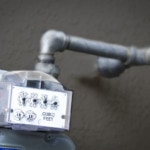


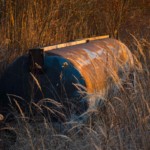
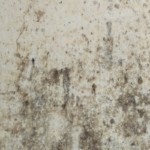


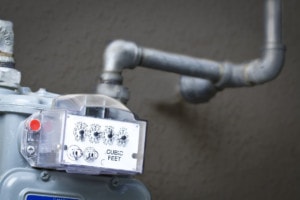


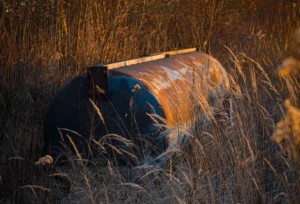












 United States
United States Canada
Canada